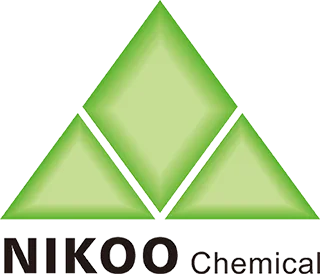The Art & Science of Wick Testing - Achieving the Perfect Burn
Knowing wick types is step one; mastering the process of selecting the perfect wick for your specific candle is step two. This is the realm of rigorous wick testing – an essential, non-negotiable practice for candle makers and a key indicator of quality for consumers.
- The Testing Imperative:
- No Universal Solution: Wick charts from suppliers are starting guides, not gospel. Your exact wax blend, fragrance oil, dye, container, and even ambient conditions create a unique system requiring tailored wick selection.
- Goal: The Full Melt Pool: The gold standard is achieving a complete melt pool (liquid wax reaching all container edges) with a depth of approx. 1/4 to 1/2 inch, within 2-4 hours on the first burn. This sets the candle's "memory" and prevents tunneling for its entire life.
- The Testing Methodology:
- Systematic Approach: Test multiple wick types/sizes in identical candles (same wax, FO %, dye, container). Start with the supplier's chart recommendation, then test one size up and one size down for the same series, and potentially a different series (e.g., test CD, ECO, LX for soy).
- Controlled Conditions: Burn in a draft-free environment at consistent room temperature. Avoid testing near vents or open windows.
- Burn Sessions: Burn for 3-4 hours per session (simulating typical use). Record observations meticulously after each session and after the candle cools.
- Multiple Burns: Test through at least 3 full burns (or until half the candle is consumed) to assess performance over time. A wick that starts well might falter later.
- Key Performance Metrics to Evaluate:
- Melt Pool Formation: Time to full melt pool? Depth? Evenness? Tunneling?
- Flame Height: Should be steady, approx. 1/2 to 1 inch tall. Too tall (flickering, smoking) = too big. Too small (drowning) = too small.
- Soot Production: Minimal black smoke during burning? Minimal carbon buildup ("mushrooming") on the wick tip after extinguishing? Excessive soot indicates an oversized wick or poor trimming.
- Flickering/Flaring: Steady flame? Excessive movement suggests draft issues or an oversized wick.
- Hot Throw: Is the scent strength and diffusion appropriate for the room size? Does it smell clean or slightly acrid/burnt?
- Wick Trimming Needs: How much mushrooming occurs? How often does it need trimming?
Why this matters: Wick testing is the only way to guarantee optimal performance and safety for a specific candle formulation. It balances heat output with wax consumption, maximizes fragrance delivery, ensures safety, and creates a consistent, high-quality user experience. It transforms wick selection from guesswork into a precise science. For consumers, understanding that reputable makers rigorously test provides confidence.

Phone: +86 20 36028881
Fax: +86 20 36550567
Email:rebecca@nikoochem.com
WhatsApp: +86 13822397763
Add: No 1718, Airport Rd., Yuncheng St., Baiyun Dist., Guangzhou City, Guangdong, China 510000
